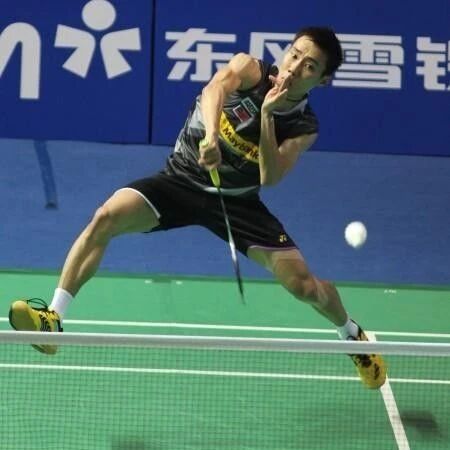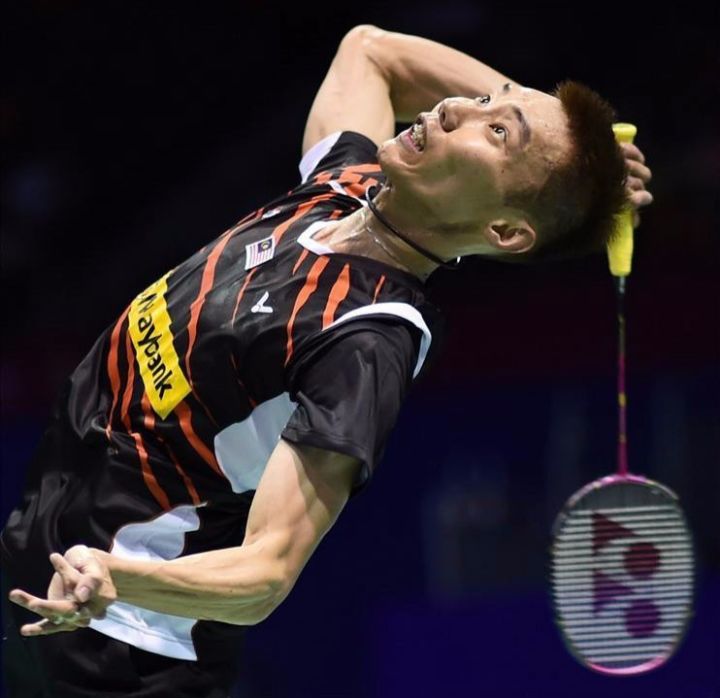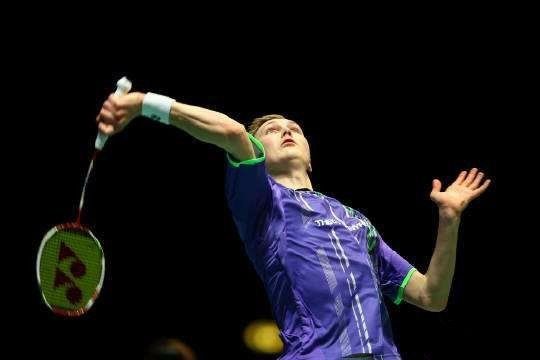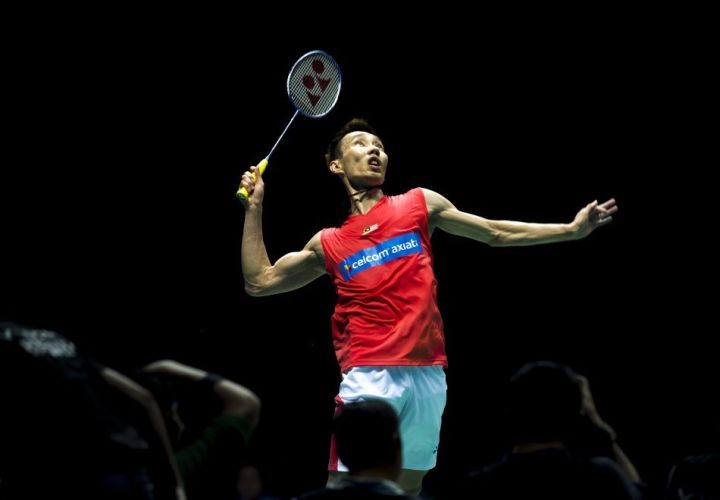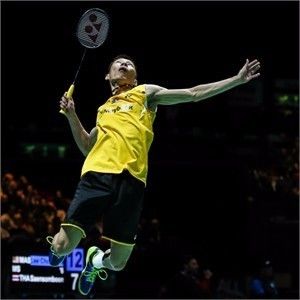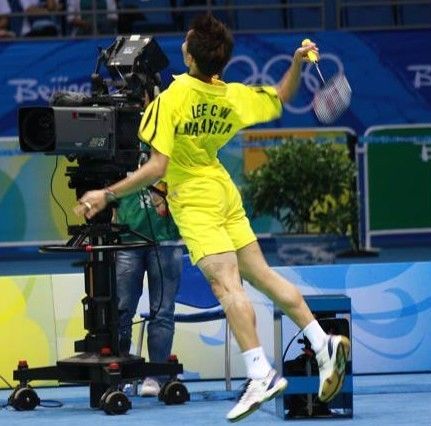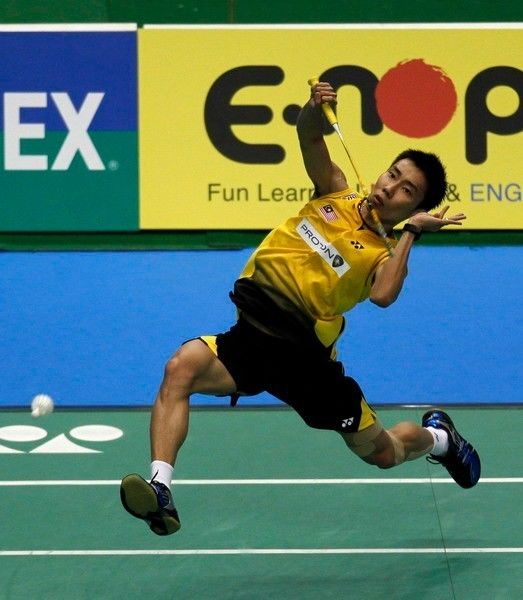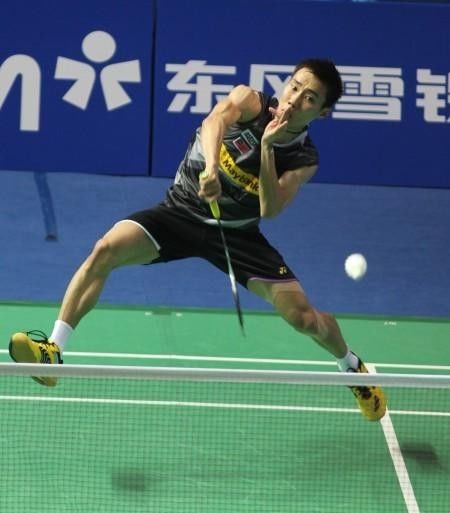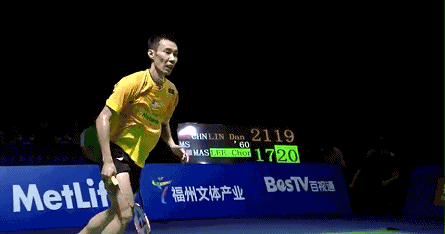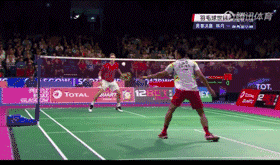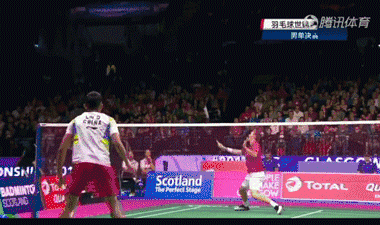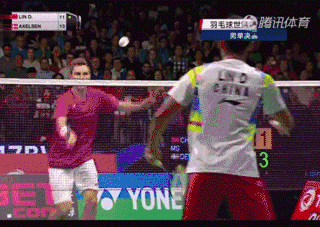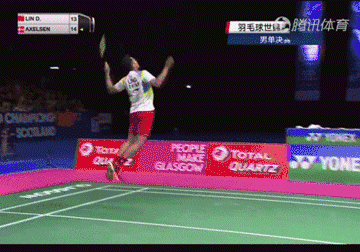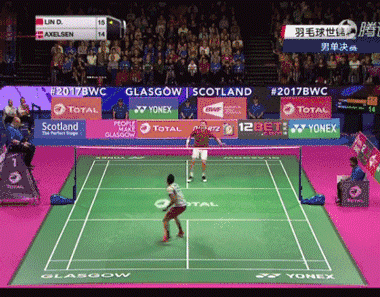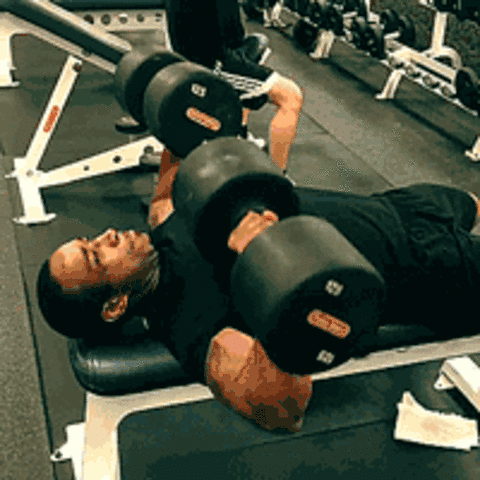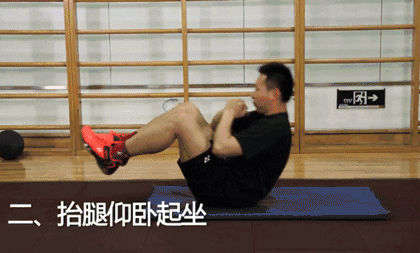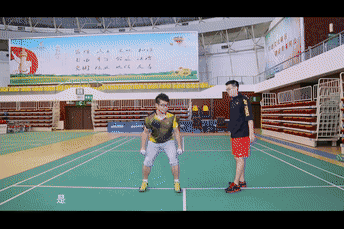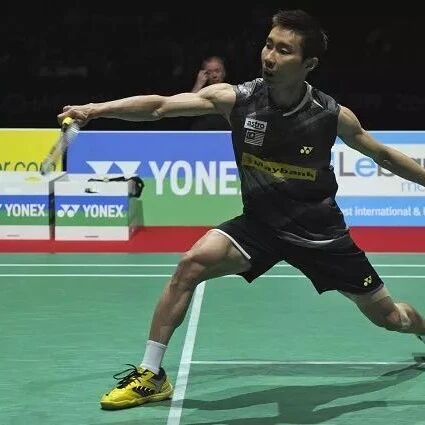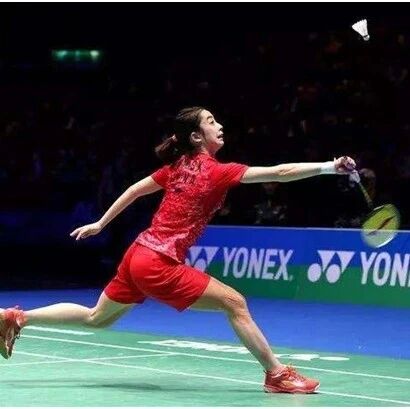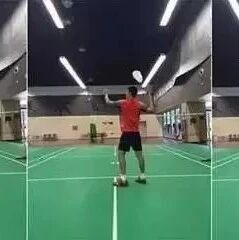
For many badminton enthusiasts, improving the power of their smashes is a real headache. When you watch others effortlessly deliver killer smashes right in front of you, it’s hard not to feel envious—and before you know it, a sense of disappointment quietly creeps in.
Lee Chong Wei's smash shatters a watermelon, while Lin Dan’s smash can even split a wooden board—clear evidence that the sheer power behind their smashes is nothing short of astonishing. Yet, for amateur players, mastering the smash often remains one of the trickiest challenges to overcome.Actually, smashing isn’t difficult—but mastering the art of a powerful smash is something many players envy.As everyone knows, human muscle fibers are elastic. Now, let’s compare the human body’s muscles to a rubber band: for a rubber band to unleash its maximum potential energy, it needs to be stretched as far as possible. The same principle applies to smashing a ball—only when every part of your body is fully extended can you generate the greatest amount of power.From the perspective of generating power, a complete smash motion can be broken down into the following six steps:I. Smash Technique Movements① Expand the chest ② Arch the abdomen ③ Rotate the elbows ④ Perform internal rotation ⑤ Draw in the chest ⑥ Draw in the abdomenFirst, fully stretch the rubber band around your chest! Broadening the chest, in short, involves contracting the back muscles while simultaneously expanding the chest muscles—both actions work together and are equally essential.From a movement perspective, the process of expanding the chest involves lifting the upper arms and retracting the shoulder blades.
Pulling that chest muscle "rubber band" isn’t enough—you’ll also need the "rubber band" of your abdominal muscles. Don’t worry, fellow players who feel they lack core strength; the truth is, your abs are actually hiding beneath a layer of fat—but rest assured, they can be coaxed into action when it really counts.Watch out for Lee Chong Wei's protruding belly.Tuck your belly in—yes, you’ll need to engage your core and straighten your back to gently stretch the abdominal muscles. Once these first two steps are complete, the process of setting up the camera is finished.The moment of truth has arrived: get ready—time to unleash the rubber band. Let me emphasize, this is your *final* preparation. In terms of the racket swing, it’s the transition from setting up the shot to initiating the backswing. At this point, your racquet-holding hand is positioned behind your head, with your palm facing diagonally backward.(Just the Right Amount of Elbow Turn)At the moment of release, you need to hinge your elbow. When hinging, avoid letting your elbow move too close to your body—or even closer to your face—so as to maintain a taut, ready-to-engage muscle state.Internal rotation is the moment when potential energy is released. At this instant, the arm stretches and swiftly rotates inward toward the face, with the back of the hand striking the ball. Meanwhile, the wrist bends naturally as the back of the hand makes contact. The forward motion of the forearm and hip rotation simultaneously drive the elbow joint forward, while the body’s center of gravity shifts slightly backward.(Shifting your center of gravity backward is crucial!)Now it’s time to pull in the rubber band—right at the same moment as your internal rotation movement. Remember, it’s *exactly* the same time! At this point, your shoulder blades should be abducting, your chest muscles contracting, and your back muscles expanding.(Please pay attention to the chest-closing movement)Similarly to the chest-receiving motion, at this point the abdomen naturally curves inward, and the lower back assumes a natural arch. The smash action is now complete.(Notice the abdominal contraction)II. Precautions for Smash Shots1. Don't just blindly kill.
While smashes are certainly the best way to end a rally, relentlessly swinging wildly not only fails to achieve your offensive goals—it actually allows your opponent to quickly adapt to your smash rhythm, setting them up for effective counterattacks.2. Pay attention to the power of your smash.When executing a smash, you should vary the—sometimes strong, sometimes light, with moments of both speed and control. For example, after building up power over one or two strokes, suddenly delivering a soft, quick smash can disrupt your opponent’s defensive rhythm, catching them off guard and creating an unexpected advantage.3. Adjusting the Drop Point of the SmashWhen executing a smash, don’t fix your gaze on a single spot—instead, constantly adjust the landing point of your shot. For example, after smashing to the lower right on the first hit, immediately follow up with a smash to the lower left. This forces your opponent to switch from a forehand return on the first smash to a backhand return on the second. As they quickly scramble to adjust their racket face, their ability to execute a high-quality return will naturally decline.
4. Vary your smash shots to keep opponents guessing.
If the opponent has strong net play skills, immediately after they receive and handle the first or second shot, take advantage of the inevitable drop in their center of gravity. Under the cover of your smash motion, quickly execute either a high, flat cross-court shot over the net—or a soft, delicate drop shot just over the net—both of which can effectively disrupt the quality of their net play.5. Skilled at identifying your opponent's drop-shot tendenciesFor instance, if your opponent tends to consistently use their right hand for net kills, they’ll often subconsciously shift slightly to the left before executing the shot. If you’re looking to play a chasing drop shot at that moment, make sure your smash has enough lead—aim it directly toward the lower part of their left shoulder, and you’ll hit them right where you want!
To hit the ball harder, strength training is essential.Weighing in at nearly your maximum limit, perform 5 reps per set, completing a total of four sets. The bench press primarily targets the chest-contracting phase, helping to enhance the elasticity of your "muscle bands."Ab workouts are simple: do 25 reps of crunches in one set, followed by two more sets. The goal of abdominal training is to enhance the elasticity of your "core muscles," which play a crucial role in effectively engaging your core during the contraction phase.Upper-back training primarily focuses on rows and pull-ups. Remember to perform the exercises with proper form—otherwise, you’ll end up relying almost entirely on your arms for power, failing to target the muscles where it really counts.When rowing and performing upper-body exercises, pay attention to the movement of your shoulder blades, feeling how they retract backward as they're pulled by your back muscles.More article recommendations:
How to protect your knees while playing sports—stick to these 3 key tips for knee health!
The backcourt high clears never land properly—better check if your side step is off.
Practice the few fixed shuttlecock trajectories frequently, and your skills will surely improve.
Zhao Jianhua, Yang Yang, and Li Mao have prepared over 100 lessons for everyone, covering techniques like badminton net play, backhand cross-court hooks, and smashes. Click "Read the Original Article in the Bottom Left Corner" to check them out! If you're looking to improve your badminton skills, don't miss this opportunity—definitely worth it!

Click here to access 100 lessons.